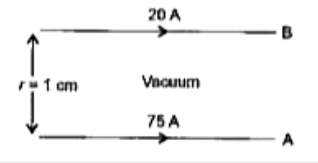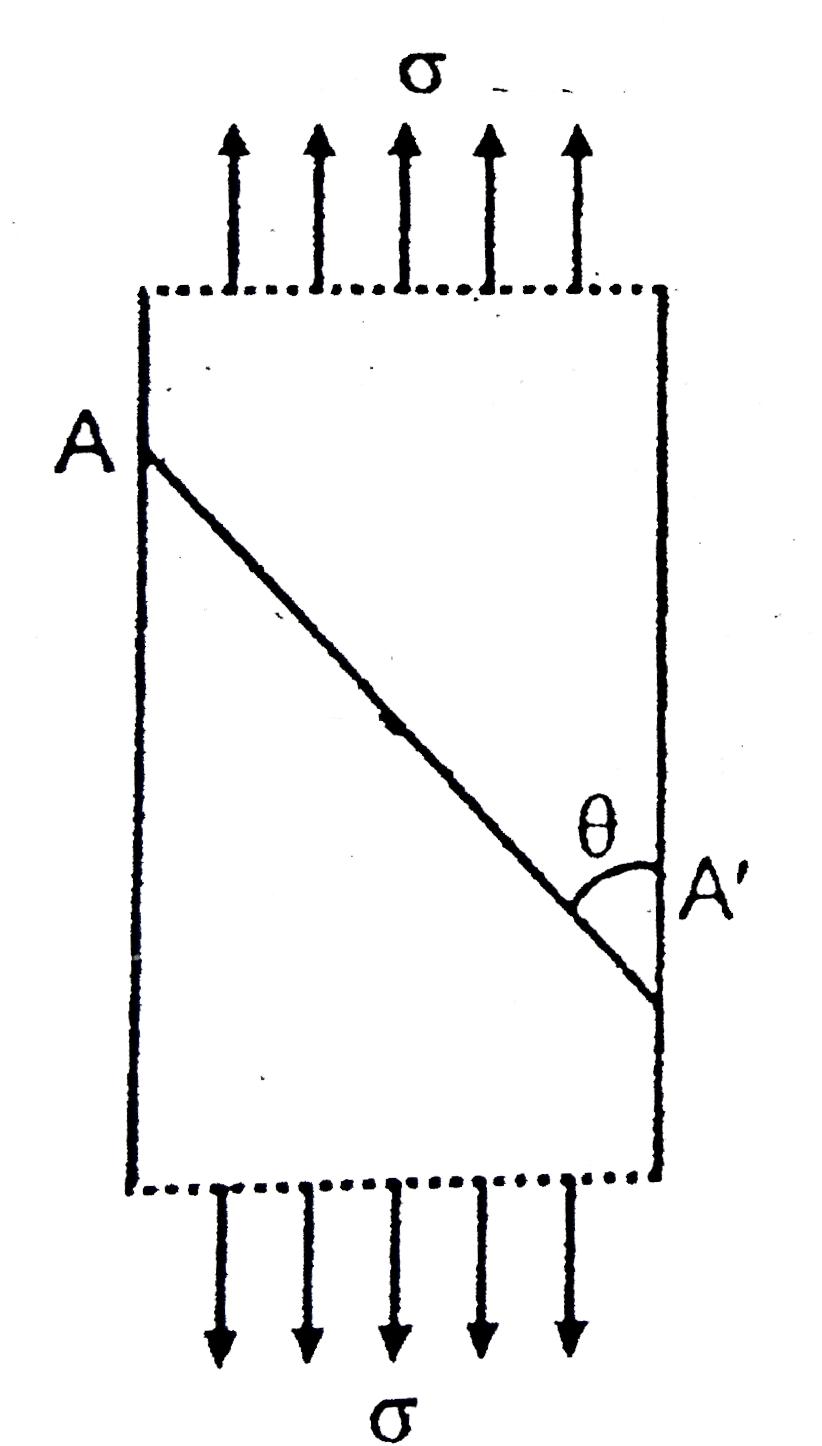The force per unit charge is known as
electric flux
electric field
electric potential
electric current
The correct Answer is:B
To solve the question "The force per unit charge is known as," we can follow these steps:
1. Understanding the Concept:
- The question asks for the term that describes the force experienced by a charge per unit of that charge. This is a fundamental concept in electrostatics.
2. Defining Electric Field:
- The electric field (E) is defined as the force (F) experienced by a unit positive charge (Q) placed in the field. Mathematically, this can be expressed as:
E=FQ
- Here, E is the electric field, F is the force, and Q is the charge.
3. Identifying the Correct Term:
- From the definition above, we can conclude that the term for force per unit charge is the electric field intensity.
4. Reviewing Other Options:
- The question provides multiple options. We can briefly define them to ensure clarity:
- Electric Flux: This is related to the number of electric field lines passing through a surface and is given by the formula ΦE=E⋅A⋅cos(θ).
- Electric Potential: This is the work done per unit charge in bringing a charge from infinity to a point in the electric field, denoted as V=WQ.
- Electric Current: This is the rate of flow of charge, defined as I=dQdt.
5. Conclusion:
- After analyzing the definitions, we conclude that the force per unit charge is known as Electric Field Intensity.
Final Answer:
The force per unit charge is known as Electric Field Intensity.
- The question asks for the term that describes the force experienced by a charge per unit of that charge. This is a fundamental concept in electrostatics.
- The electric field (E) is defined as the force (F) experienced by a unit positive charge (Q) placed in the field. Mathematically, this can be expressed as:
E=FQ
- Here, E is the electric field, F is the force, and Q is the charge.
- From the definition above, we can conclude that the term for force per unit charge is the electric field intensity.
- The question provides multiple options. We can briefly define them to ensure clarity:
- Electric Flux: This is related to the number of electric field lines passing through a surface and is given by the formula ΦE=E⋅A⋅cos(θ).
- Electric Potential: This is the work done per unit charge in bringing a charge from infinity to a point in the electric field, denoted as V=WQ.
- Electric Current: This is the rate of flow of charge, defined as I=dQdt.
- After analyzing the definitions, we conclude that the force per unit charge is known as Electric Field Intensity.
The force per unit charge is known as Electric Field Intensity.
Topper's Solved these Questions
- ELECTRIC CHARGES AND FIELDSBook:NCERT FINGERTPS ENGLISHChapter:ELECTRIC CHARGES AND FIELDSExercise:ASSERTION & REASON
Explore 15 Videos
- ELECTRIC CHARGES AND FIELDSBook:NCERT FINGERTPS ENGLISHChapter:ELECTRIC CHARGES AND FIELDSExercise:Electric Charges
Explore 5 Videos
- DUAL NATURE OF RADIATION AND MATTER Book:NCERT FINGERTPS ENGLISHChapter:DUAL NATURE OF RADIATION AND MATTER Exercise:Assertion And Reason
Explore 15 Videos
- ELECTROMAGNETIC INDUCTIONBook:NCERT FINGERTPS ENGLISHChapter:ELECTROMAGNETIC INDUCTIONExercise:NCERT Exemplar
Explore 6 Videos
Similar Questions
Knowledge Check
Assertion : Stress is the internal force per unit area of a body.
Reason : Rubber is less elastic than steel.ABoth assertion and reason are true and the reason is the correct explanation of the assertionBBoth assertion and reason are true but the reason is not the correct explanation of the assertionCThe assertion is true but the reason is falseDThe assertion and reason both are false
Find the force per unit area on the surface of a long hollow cylinder carrying uniform current I and radius of the cylinder is R.
View SolutionMeasurement and the comparison of total growth per unit time is known as
View SolutionThe law, governing the force between electric charges is known as
View SolutionStress and pressure are both forces per unit area. T in what respect does stress differ from Pressure?
View Solutionin given figure X and Y are two long straight parallel conductor each carrying a current 2 A. the force per unit length on each conductor is F. when the current in each is changed to 1 A and reversed in direction. the force per unit length on each is now

View SolutionThe diagram represents the applied force F per unit area with the corresponding change in length x per unit length produced in a thin wire of uniform Cross section. The region in which the material acts like a viscous liquid is

View SolutionCalculate force per unit length acting on the wire B due to the current flowing in the wire A. (see figure below)

View Solution
